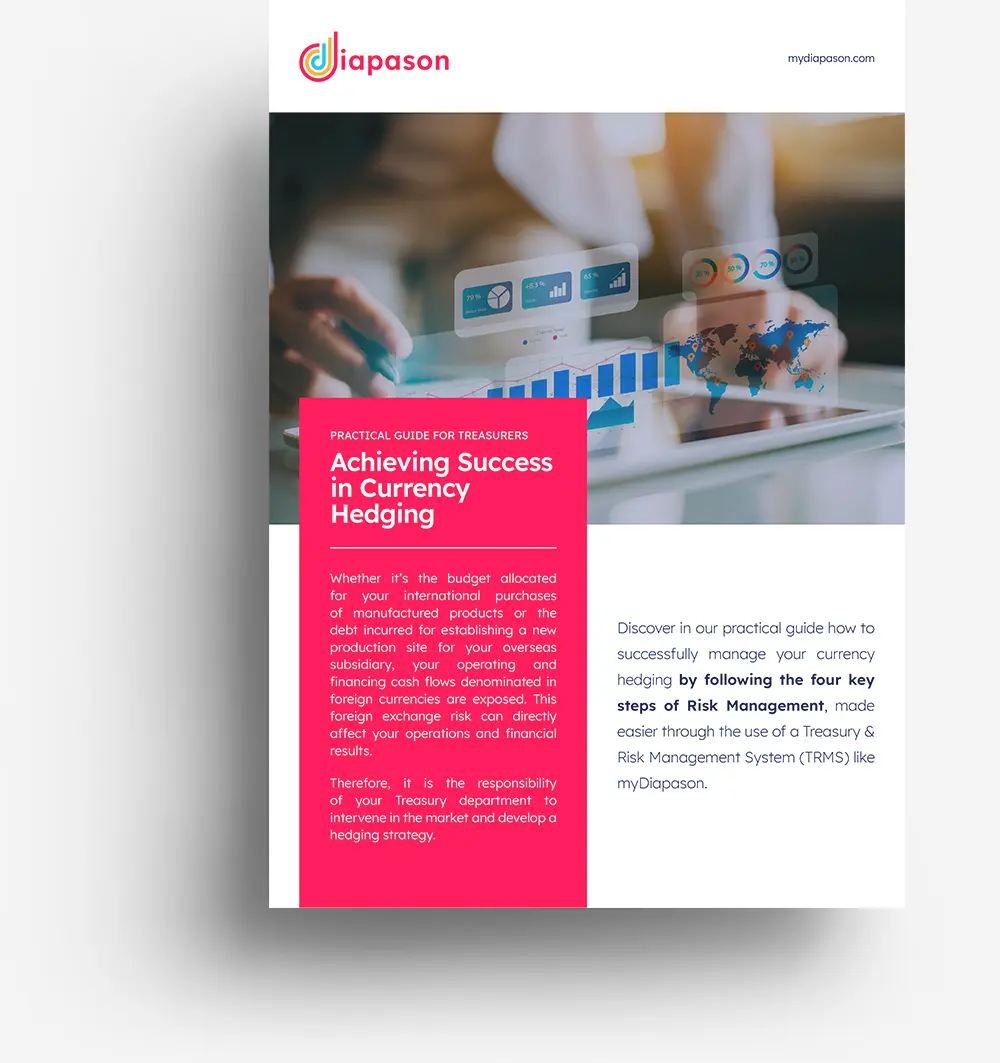Sustainability linked loans, a fast-growing source of financing
Updated in June 2021, the Green Bond Principles (GBP) are guidelines issued by the International Capital Market Association (ICMA) to promote transparency and disclosure of information to assess the environmental impact of projects financed by issues of green bond. These principles are intended to provide investors with investments opportunities that are environmentally friendly, or more broadly sustainable.
The use of “socially responsible” financing, until recently the exclusive domain of large debt issuers, is now becoming widely available to all borrowers, whether it be market debt or bank debt.
A green bond is an investment whose objective is to fully finance green projects (or projects with a social component) that respect the principles of the GBP. This is considered directed financing.
More recently, “sustainability linked loans” or “positive incentive loans”, have been a huge success due to the adoption of the 2019 Pacte law. These loans allow borrowers to benefit from a reduction of up to 20% on interest and financial costs of the loan if the environmental, social and governance (ESG) objectives backed by the loan contract are respected. Unlike green bonds, these are not considered directed financing.
The CSR approach at the heart of the company’s financial strategy
On the other hand, impact financing is backed by a commitment from the company. Companies integrating extra-financial criteria into their investment strategies, including those related to Corporate Social Responsibility (CSR), guarantee a bonus whose assessment is carried by an independent third party and whose banking counterparty has no power to influence this assessment. Tangible elements must be provided to demonstrate the achievement of the objectives appended to the credit agreement (parity objectives, energy consumption reduction, etc.).
All types of financing can therefore be backed by these performance objectives, bonds issues, the NEU CP-NEU MTN market, bank loans, RCFs or even leases and leasing, and the new analysis grid, which consists of considering ESG criteria, is therefore emerging among all borrowers.
There are many reasons for companies to engage in this type of approach, and CSR is becoming a strategic investment criterion for communicating environmental strategy or facilitating dialogue between financial and environmental departments within organizations.
The treasurer’s profession will thus be profoundly modified, as he or she must now align financing and sustainable development, optimize financing costs & extra-financial objectives, and the CSR approach with the company’s financial strategy.
Spotlight on the management of CSR financing & the bonus-penalty mechanism
By achieving extra-financial results linked to CSR, the financing automatically benefits from a reduction in its costs because the transaction margin is indexed with a bonus-penalty mechanism that is applied according to a grid of objectives.
This explains the growing interest of investors in societal commitment and the need for companies to issue debt indexed on CSR performance indicators. This is an opportunity for investors to reconcile returns and ethics, as since 2015, the profitability of these instruments has been significantly higher than that of traditional instruments.
Whether it is to target investors integrating CSR criteria or to increase its environmental and social strategy, it has become crucial for companies to rely on a solution capable of supporting the treasurer both in the front-office, back-office and accounting management of these transactions.
CSR financing management: what is the impact on your treasury information system?
Having a treasury management system (TMS) that is incapable of managing the types of financial instruments is no longer an option for companies wishing to optimize the management of their CSR financing. Whether we are talking about market financing (bonds, bank financing, or leases) these financial instruments must be categorized differently than other assets in order to distinguish them in various analyses relating to indebtedness and associate them with an analytical behavior that is distinct from classic transactions.
As a first step, the TMS must be able to store the CSR criteria that are being taken into consideration. The increase in the turnover of ESG-related products or the decrease in the frequency of work accidents are both examples of performance criteria that can be linked to the ESG related debtthat must be recorded at the level of each transaction. More generally, all ESG criteria for extra-financial analysis of the company, provided that each financing operation has a parameter indicating whether it is a suitably “Green” transaction or not. This will make it easier to distinguish between the different types of operations.
In addition, the TMS must use management rules designed to automate the financial impacts that would occur in the event of compliance or non-compliance with one of the CSR objectives. In particular:
- CSR criteria for each transaction
- Financial impacts automation
- Automatic modification of the terms and conditions of financial impacts
- Indexation of a bonus-penalty mechanism
Green financing is on the rise!
Recent events have shown that the communication on the CSR strategy of certain companies is more a matter of manipulating information to hide serious shortcomings than that of demonstrating a real ethical approach. To avoid “CSR Washing”, it will be necessary to develop rating models so that they are based on controlled and verified evaluations.
Adopting an effective CSR approach therefore requires rethinking the company’s entire financial strategy. In order to be efficient and to support the company’s CSR approach, the treasurer must now rely on a solution capable of modeling and automating all of the events specific to “sustainable” financing. This allows the treasurer to measure the impact in terms of the cost of debt, the cash position, or in accounting terms (accounting treatment of bonus/penalty), within the context of the organization’s CSR goals.
About the Author
Frédéric Saunier, Chief Executive Officer
With over 25 years of expertise in financial services, Frédéric Saunier advises Diapason’s clients on the digitalization of their financial departments. As an expert in Artificial Intelligence, Blockchain, Financial Flow Security, and Sustainable Development (ESG), Frédéric shares his knowledge through his articles.








